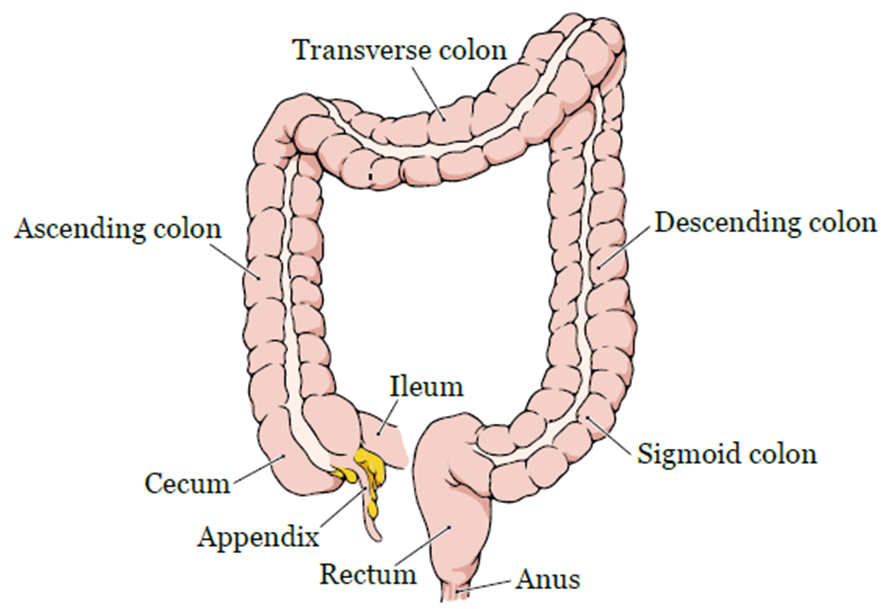A nurse is auscultating a client’s lung sounds and identifies crackles in the left lower lobe. Which intervention should the nurse take first?
Repeat auscultation after asking the client to take a deep breath and cough.
Instruct the client to limit fluid intake to less than 2,000 mL/day.
Place the client on bed rest in semi-Fowler’s position.
Prepare to administer antibiotics.
The Correct Answer is A
Choice A Reason:
Repeating auscultation after asking the client to take a deep breath and cough is the first intervention the nurse should take. This action helps to clear any secretions or mucus that might be causing the crackles. If the crackles persist after the client coughs, it indicates that the sounds are likely due to fluid in the lungs, which requires further assessment and intervention. This step ensures that the nurse accurately identifies the cause of the crackles before proceeding with other interventions.
Choice B Reason:
Instructing the client to limit fluid intake to less than 2,000 mL/day might be appropriate in cases of fluid overload or heart failure, but it is not the first intervention. The nurse needs to confirm the cause of the crackles before making any recommendations about fluid intake. Limiting fluid intake without proper assessment could lead to dehydration and other complications.
Choice C Reason:
Placing the client on bed rest in semi-Fowler’s position can help improve lung expansion and oxygenation by reducing pressure on the diaphragm. However, this is not the first intervention. The nurse should first determine if the crackles are due to secretions that can be cleared by coughing. Semi-Fowler’s position is beneficial for patients with respiratory distress, but it does not address the immediate need to reassess lung sounds.
Choice D Reason:
Preparing to administer antibiotics is not the first intervention. Antibiotics are used to treat infections, and the nurse needs to confirm whether the crackles are due to an infection or another cause before administering medication. Immediate administration of antibiotics without proper assessment could lead to inappropriate treatment and antibiotic resistance.
Nursing Test Bank
Naxlex Comprehensive Predictor Exams
Related Questions
Correct Answer is A
Explanation
Choice A Reason:
A 24-hour urinary output of 380 mL indicates oliguria. Oliguria is defined as a urine output of less than 400-500 mL per day in adults. This condition can be caused by various factors, including dehydration, kidney dysfunction, or postoperative complications. Monitoring urine output is crucial for assessing kidney function and overall fluid balance, especially after major surgeries like a colon resection.

Choice B Reason:
A 24-hour urinary output of 550 mL is slightly above the threshold for oliguria. While it is still relatively low, it does not meet the strict criteria for oliguria, which is typically defined as less than 400-500 mL per day. This output suggests that the client is producing an adequate amount of urine, though it may still warrant close monitoring to ensure it does not decrease further.
Choice C Reason:
A 24-hour urinary output of 600 mL is within the normal range and does not indicate oliguria. Normal urine output for adults is generally considered to be around 800-2000 mL per day, depending on fluid intake and other factors. This output suggests that the client’s kidneys are functioning properly and that there is no immediate concern for oliguria.
Choice D Reason:
A 24-hour urinary output of 720 mL is also within the normal range and does not indicate oliguria. This output is closer to the lower end of the normal range but still suggests adequate kidney function. It is important to continue monitoring the client’s urine output to ensure it remains within a healthy range, especially after surgery.
Correct Answer is B
Explanation
Choice A Reason:
“Do not take the medication before bedtime” is incorrect because the timing of medication administration depends on the specific medication and its intended effects. Some medications are specifically prescribed to be taken at bedtime to help with sleep or to reduce side effects that might occur during the day.
Choice B Reason:
“Take the medication with a full glass of water” is correct because many medications require adequate hydration to ensure proper absorption and to prevent irritation of the esophagus and stomach. Taking medication with a full glass of water helps to ensure that the medication reaches the stomach quickly and reduces the risk of esophageal irritation or damage.
Choice C Reason:
“This medication must be taken on an empty stomach” is incorrect unless the specific medication requires it. Some medications are better absorbed on an empty stomach, but this is not a universal rule and depends on the medication’s formulation and intended use.
Choice D Reason:
“Expect abdominal pain with this medication” is incorrect because not all medications cause abdominal pain. If a medication is known to cause abdominal pain, the nurse should provide additional instructions on how to manage this side effect or discuss alternative medications with the healthcare provider.
Whether you are a student looking to ace your exams or a practicing nurse seeking to enhance your expertise , our nursing education contents will empower you with the confidence and competence to make a difference in the lives of patients and become a respected leader in the healthcare field.
Visit Naxlex, invest in your future and unlock endless possibilities with our unparalleled nursing education contents today
Report Wrong Answer on the Current Question
Do you disagree with the answer? If yes, what is your expected answer? Explain.
Kindly be descriptive with the issue you are facing.
